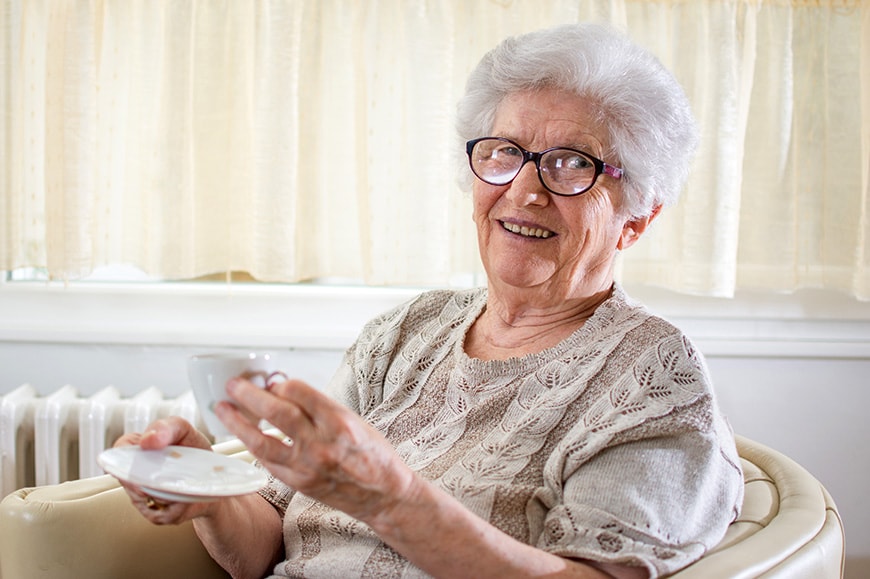
Research shows that nearly 80% of a person’s perception is through sight, making it the most important sense. Vision decline, however, is a common part of aging. According to the National Council on Aging, older adults often experience changes to their vision, and have a higher prevalence of conditions like cataracts and glaucoma. Nearly 1 in 3 adults over the age of 65 experience a vision-reducing disease and over 4.2 Americans over the age of 40 are vision impaired. Vision loss can lead to a loss of independence, mobility challenges and social isolation, which can impact physical and mental health. Home health care can provide essential support to help patients with low vision maintain independence and a better quality of life
Understand the Impact of Low Vision
Low vision means a loss of sight that cannot be corrected with glasses or contacts. As vision loss progresses, performing everyday activities like driving or reading can become difficult. With vision changes, patients can lose independence while experiencing a greater risk of falling and accidents. Simple tasks like cooking or even walking around the house can become hazardous to the body. A loss of independence and changes in everyday activity level can also take an emotional toll and can lead to depression and anxiety. Although the risk for low vision increases with age, there are strategies to help patients gain confidence while maintaining independence in their home environment.
6 Ways that The Care Team’s Home Health Care Can Help
Patients with low vision can live a more independent, safer and healthier life with home health care services. The Care Team has developed a comprehensive care plan for those with significant vision loss. Each step in our plan provides a lifeline for patients experiencing low vision.
- Comprehensive Assessment: Each patient is different, so it is important that our assessment includes an ongoing evaluation of the patient’s vision capabilities and lifestyle to identify specific challenges they might face daily.
- Vision Rehabilitation and Customized Training: Several tools can help someone adapt to life with low vision. We train patients and caregivers on using adaptive devices like magnifiers, specialized eyewear, and other electronic aids. We can also provide training on the use of mobility aids, like canes or walkers, to help the patient navigate their own home confidently and safely.
- Techniques for Daily Living: Once we’ve identified specific challenges and the devices that may help, we work with the patient to develop strategies for tasks like reading, writing, and navigating daily life within the home.
- Prevention Strategies and Home Modifications: Following a professional assessment, we can also provide specific changes to the living environment to make it easier and safer to navigate. We often suggest removing tripping hazards, improving lighting and installing grab bars and handrails
- Personalized Care Plan for Each Patient: Our goal is to keep our patients comfortable and safe in their own home environment, so our care plans are personalized to each patient
- Emotional Support: Regular visits by a compassionate care provider offer companionship and can reduce feelings of loneliness and isolation. The Care Team’s friendly staff provides vital social interactions and health care support.
Stay Healthy and Confident at Home
Our primary goal is to empower patients to safely and confidently live at home. Our specialized Low-Vision program can help those with low vision live a safe and independent life despite vision challenges. The Care Team’s personalized and comprehensive care plans and strategies can help individuals regain confidence, maintain social connections, and experience a higher quality of life.
Support is available if you or a loved one is facing low vision challenges. Home health care services can enhance safety, independence and quality of life. For more information on how these services can assist you, contact The Care Team at 888-834-2672 or visit tctcares.com.

